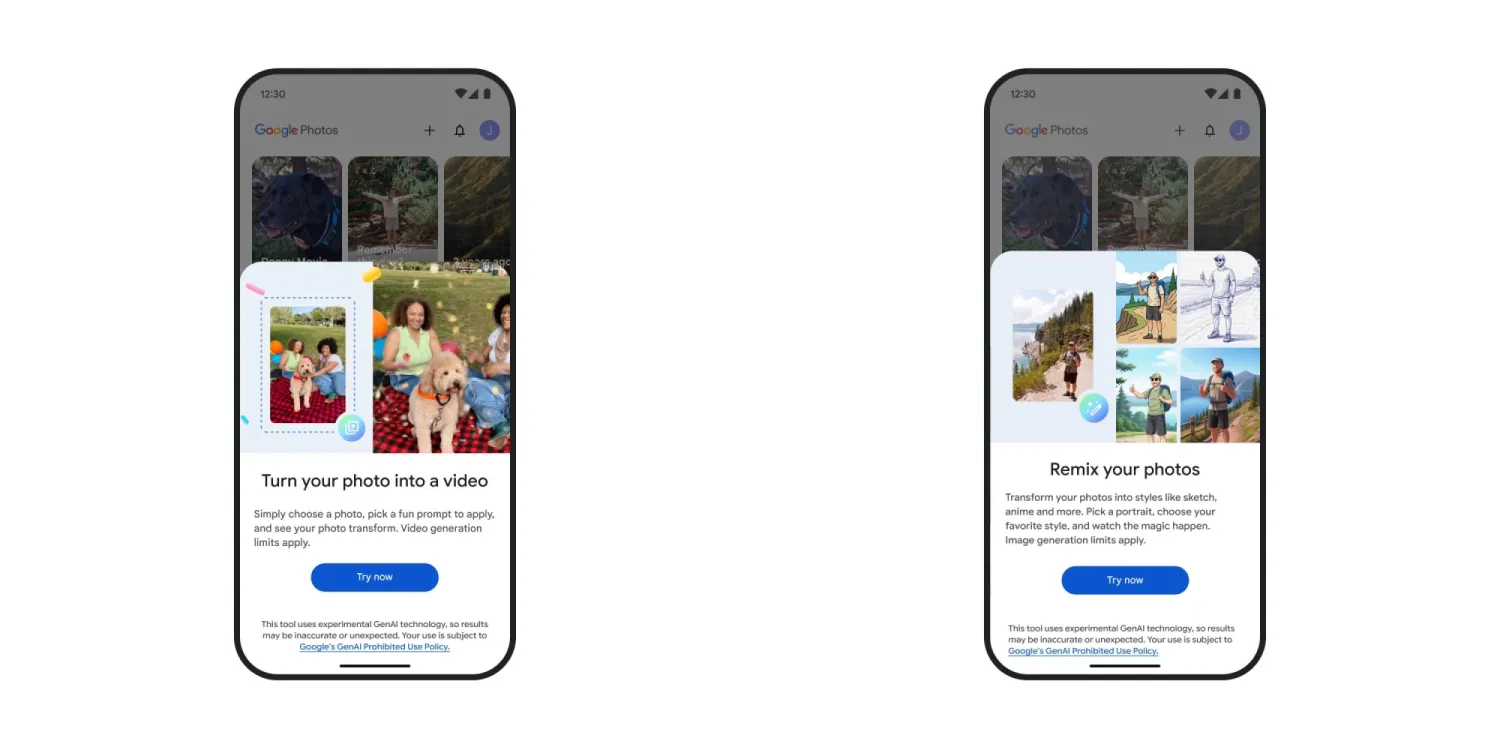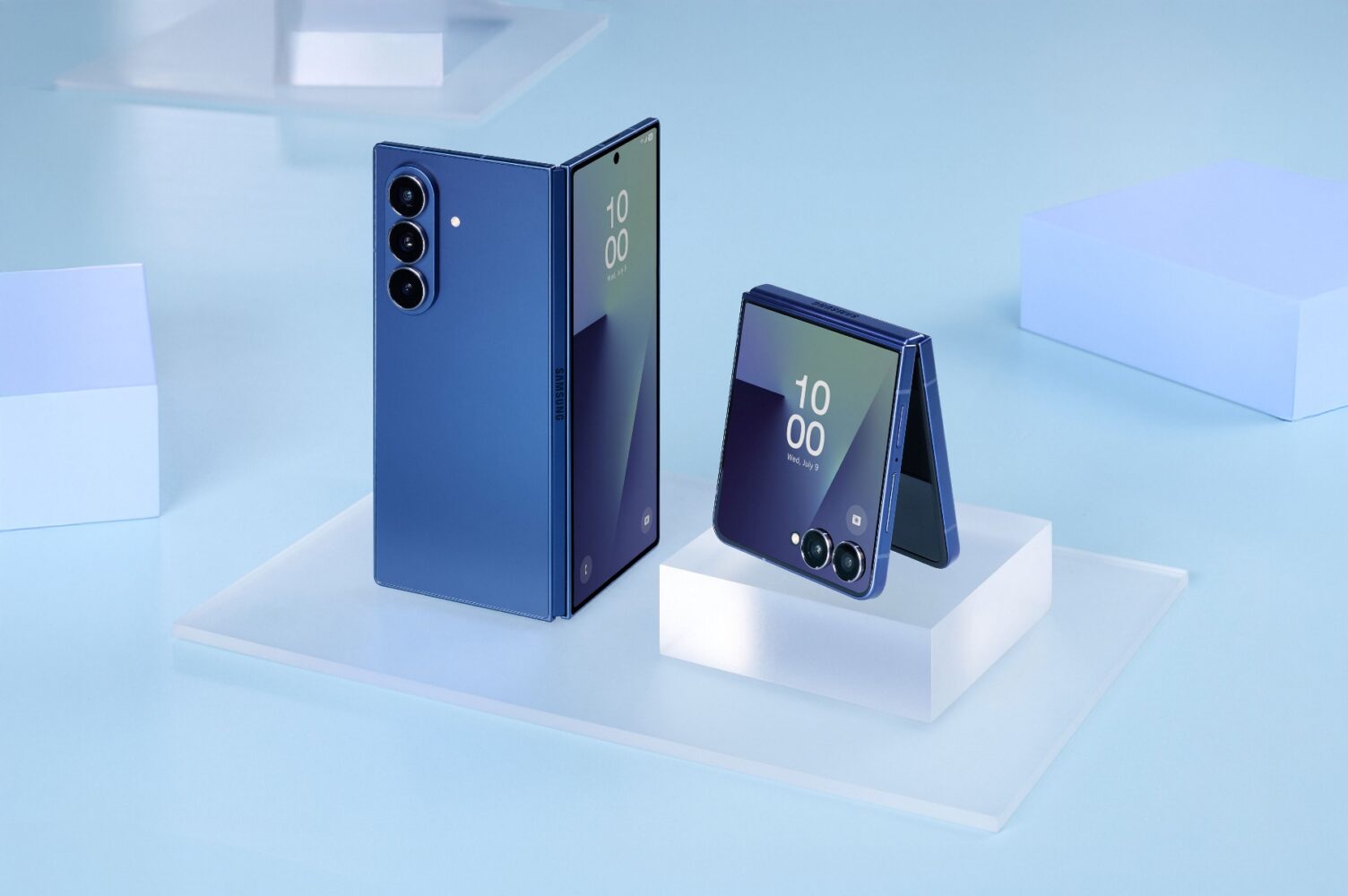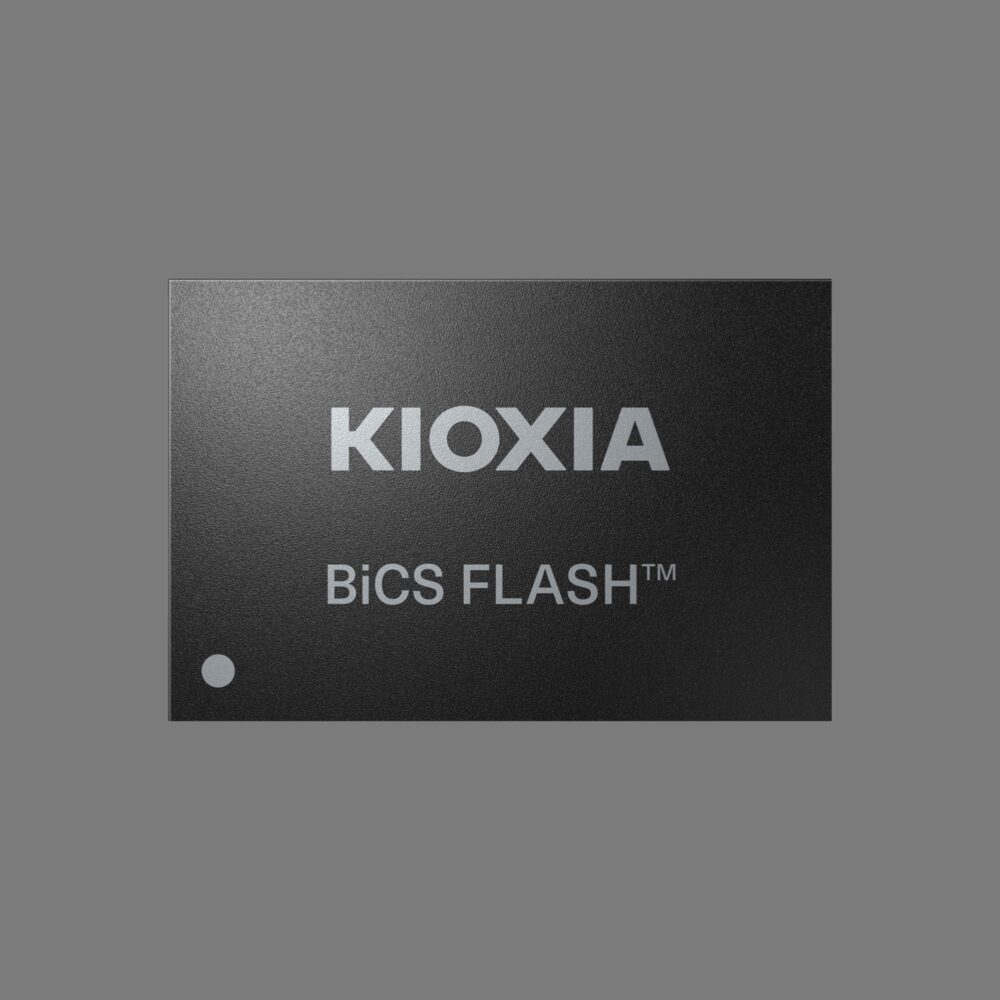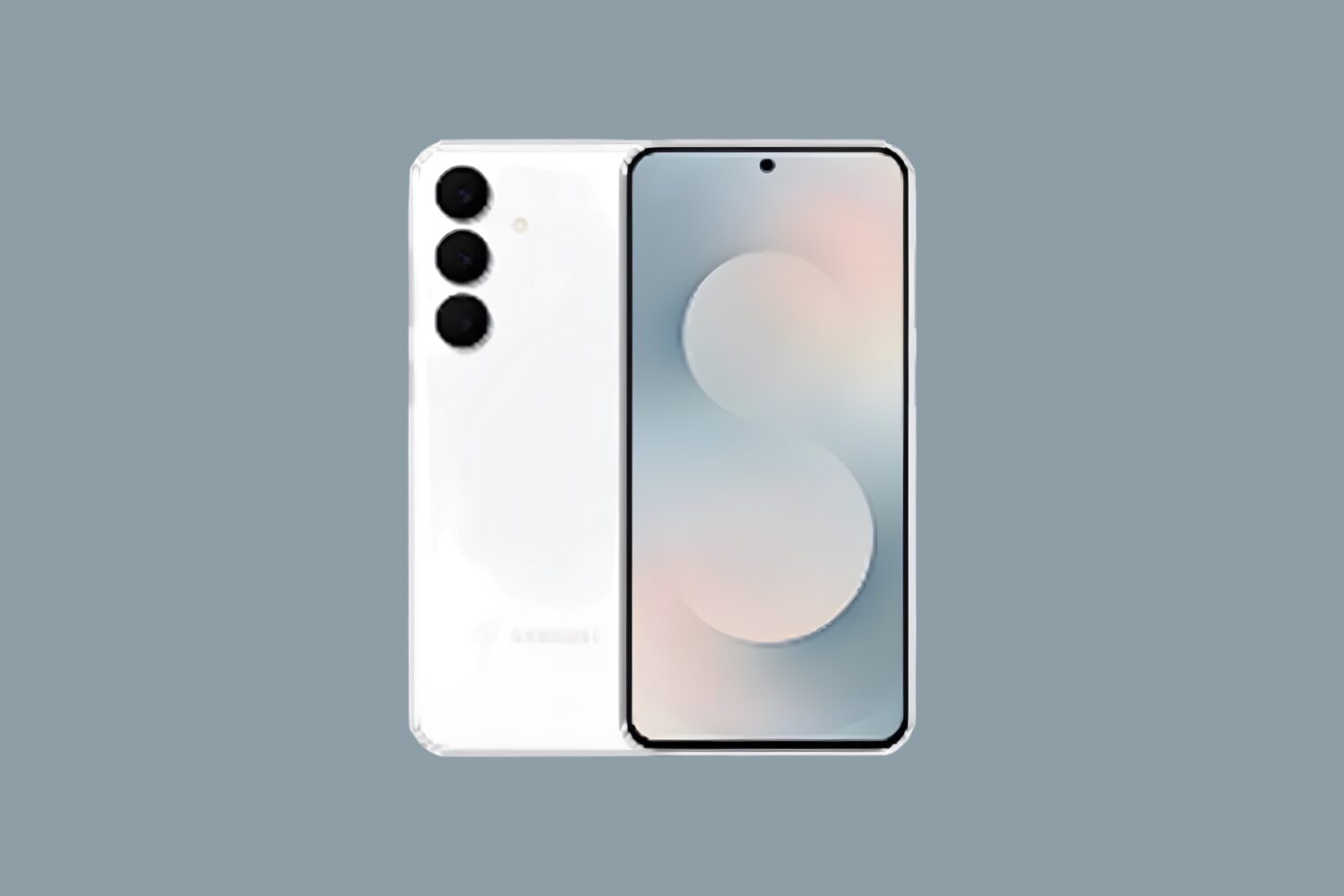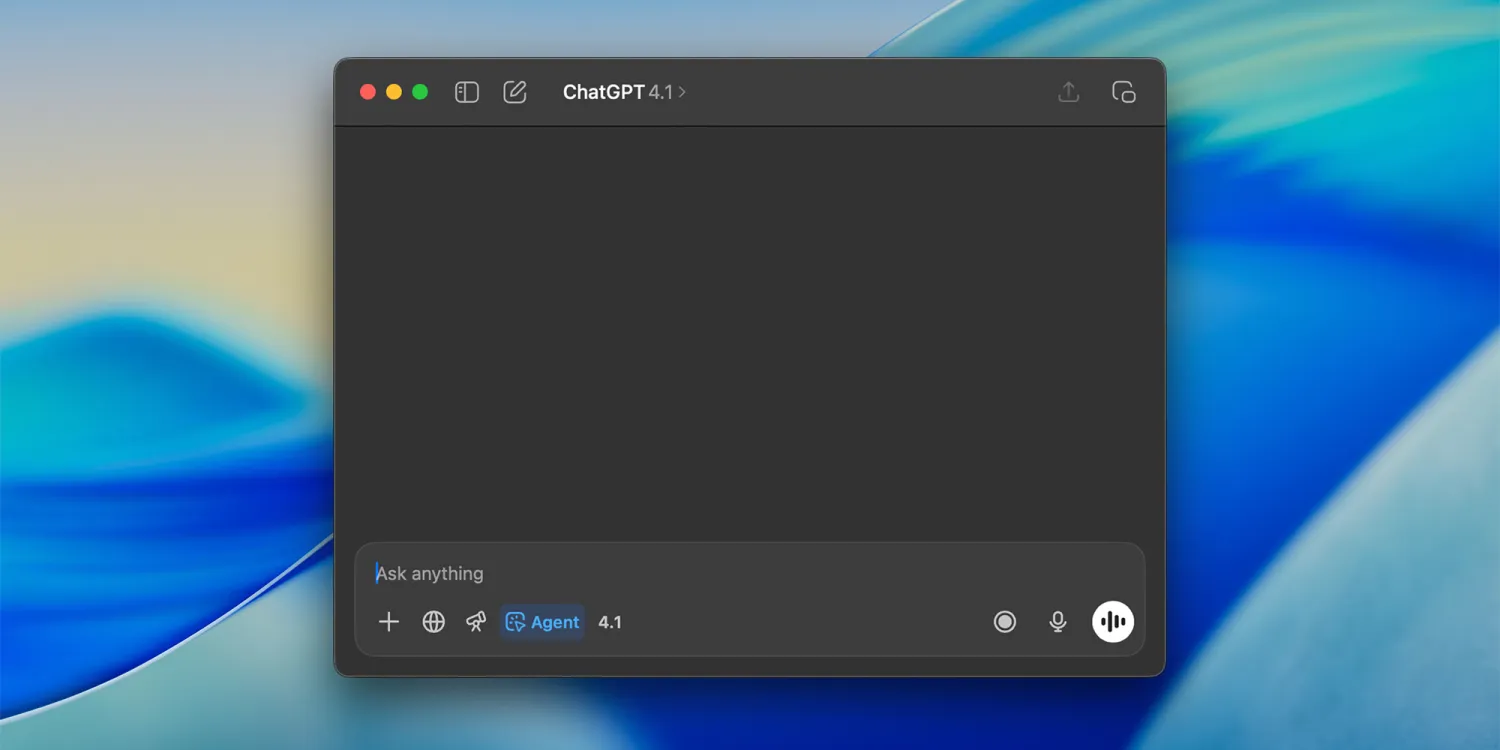Google Photos is rolling out a set of new generative AI features that aim to reframe the photo library as more than just a digital archive. Among the most notable additions is a free photo-to-video tool, allowing users to convert still images into short, animated clips. This capability—available now to users in the U.S. on Android and iOS—marks a meaningful expansion of how Photos uses AI for creative applications.
The new photo-to-video feature transforms static photos into six-second animated videos with gentle movements and facial expressions, creating a more dynamic sense of memory recall. Users can select an image and choose between two animation prompts: “Subtle movements” or “I’m feeling lucky.” The generation process takes under a minute and can be repeated until a desired version is achieved. Once satisfied, users can save or share the clip like any other media item in their library.
Importantly, this feature is powered by Google’s Veo 2 video generation model—not the more advanced Veo 3, which adds synchronized sound. While Veo 3 remains gated behind Gemini Advanced’s paid tier, the photo-to-video tool in Google Photos is free, although subject to generation limits. This lowers the barrier for casual users to experiment with AI-generated motion content without needing a subscription.
Alongside photo-to-video, Google is also introducing Remix, an AI-driven image style transfer tool. Users can apply transformations—such as anime, comic, sketch, or 3D render styles—to photos featuring people or pets. The output reimagines the selected image using creative filters that lean into playful reinterpretation. This feature is expected to roll out to U.S. mobile users over the coming weeks.
To better organize these expanding creative tools, Google Photos will also debut a new “Create” tab in the bottom navigation bar. Rolling out in August, the tab will consolidate existing features like collages, highlight videos, and the new Remix and photo-to-video tools. It’s a structural shift that suggests Google is serious about evolving Photos into an AI-powered creative suite—not just a backup solution.
On the transparency front, all generated videos will carry both visible and invisible watermarks using SynthID, Google’s digital fingerprinting system to help identify AI-generated content. Users will also be able to rate results with a thumbs-up or down to help improve future outputs.
While these features are labeled experimental and may occasionally generate unexpected or imperfect results, they reflect Google’s continued push to democratize AI-driven creativity. As generative video and stylization features begin to reach mass-market users via apps like Photos, the tools for enhancing and reinterpreting memories are becoming more accessible—without needing a powerful PC or a paid plan.

